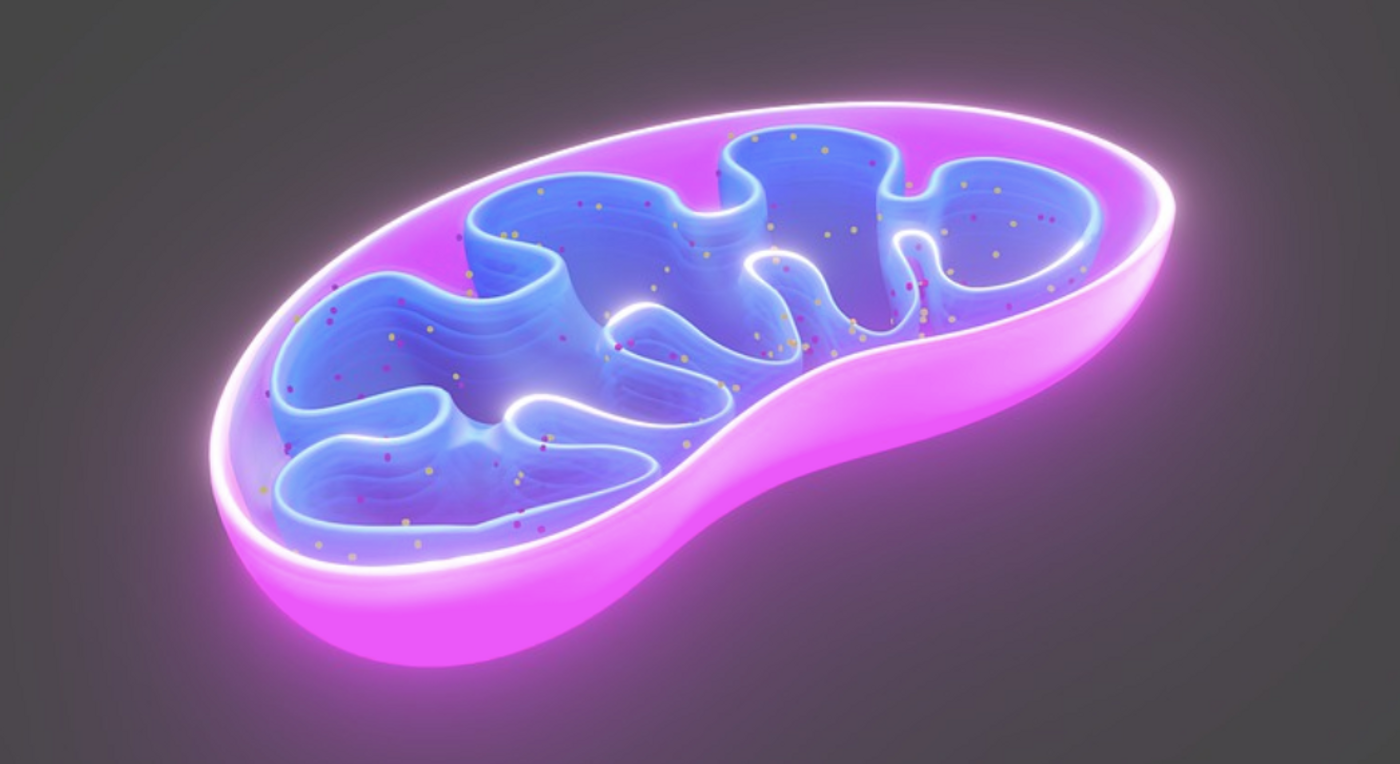Mitochondrial DNA Disposal Disruptions Lead to Inflammation
Many people know of the mitochondrion as the powerhouse of the cell, and this special organelle is unique in many ways. Mitochondria carry their own DNA, the tiny mitochondrial genome, which encodes for mitochondrial proteins that are used in the organelle. This genome is totally separate from the rest of the human genome, which resides in the nucleus of cells. Mitochondrial DNA (mtDNA) is essential to health, and when there are mutations in mtDNA, serious diseases can arise. Research has also shown that when mtDNA escapes the mitochondria, and ends up in other parts of the cell, or in the body, it can trigger an immune reaction, and inflammation. Scientists have now revealed a process in which dysfunctional mtDNA emerges from the inside of the mitochondria, is tagged as foreign material, and promotes an immune response. The findings have been published in Nature Cell Biology.
"We knew that mtDNA was escaping mitochondria, but how was still unclear," said senior study author Gerald Shadel, the Chair in Biomedical Science at Salk Institute, among other appointments. The investigators followed the action as mtDNA moved out of the mitochondria. Now, the pathway they revealed presents a potential treatment avenue for inflammation that accompanies aging or occurs in inflammatory disorders such as arthritis.
When foreign pathogens or substances invade the body, the innate immune system can immediately respond. This system can also react to molecules that are like pathogens, like mtDNA. But this process can also lead to chronic inflammation and influence the development of disease.
The researchers made a major breakthrough when they determined that there was mtDNA inside of a strange structure as it left the mitochondria, noted first study author Laura Newman, who is now an assistant professor at the University of Virginia. This mysterious structure turned out to be an endosome, and the investigators found that while the endosomes were used to dispose of the mtDNA, some could also leak out.
When there is improper mtDNA replication, protein complexes known as nucleoids contain this mtDNA, and start to accumulate in mitochondria. The cell reacts to this dysfunction by moving the nucleoids into endosomes, which eliminate cellular waste. But the endosomes can also be overwhelmed by the nucleoids, and start leaking. Once that mtDNA starts escaping, the immune system reacts, triggering a pathway that senses DNA, and triggers inflammation: the cGAS-STING pathway.
"Using our cutting-edge imaging tools for probing mitochondria dynamics and mtDNA release, we have discovered an entirely novel release mechanism for mtDNA," said co-corresponding study author Uri Manor, now an assistant professor at UC San Diego. "There are so many follow-up questions we cannot wait to ask, like how other interactions between organelles control innate immune pathways, how different cell types release mtDNA, and how we can target this new pathway to reduce inflammation during disease and aging."
Sources: Salk Institute, Nature Cell Biology









